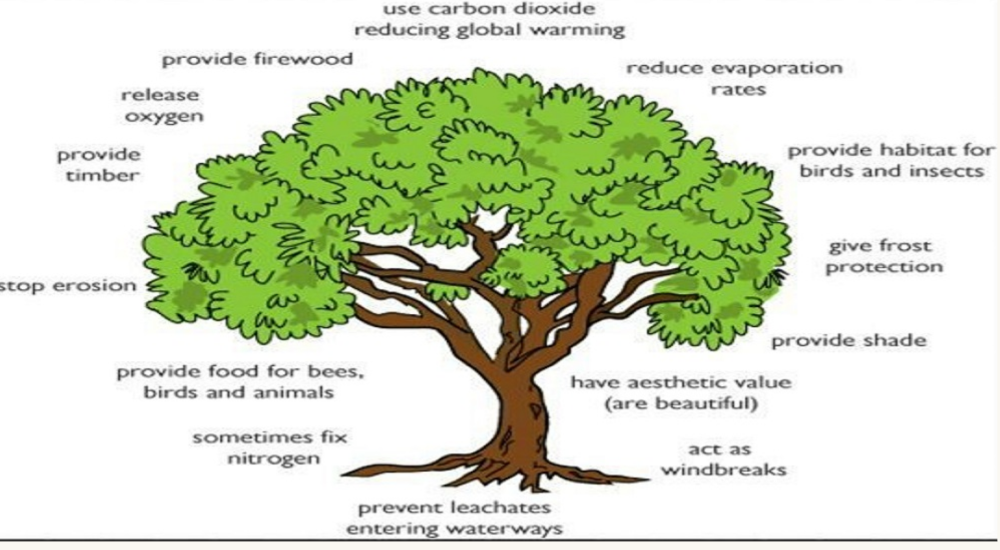Agroforestry is defined as ‘agriculture with trees’. However, it is so much more. Agroforestry is the interaction of agriculture and trees, including the agricultural use of trees. This comprises trees on farms and in agricultural landscapes, farming in forests and along forest margins and tree-crop production, including cocoa, coffee, rubber and oil palm. Interactions between trees and other components of agriculture may be important at a range of scales: in fields (where trees and crops are grown together), on farms (where trees may provide fodder for livestock, fuel, food, shelter or income from products including timber) and landscapes (where agricultural and forest land uses combine in determining the provision of ecosystem services). Agroforestry is agricultural and forestry systems that try to balance various needs: 1) to produce trees for timber and other commercial purposes; 2) to produce a diverse, adequate supply of nutritious foods both to meet global demand and to satisfy the needs of the producers themselves;and 3) to ensure the protection of the natural environment so that it continues to provide resources and environmental services to meet the needs of the present generations and those to come.
Agroforestry involves a wide range of trees that are protected, regenerated, planted or managed in agricultural landscapes as they interact with annual crops, livestock, wildlife and humans.
Benefits of Trees
Trees play a crucial role in almost all terrestrial ecosystems and provide a range of important products and services to both rural and urban communities. Most trees have multiple uses, including cultural ones, and typically provide a range of benefits. They have also been used as land-boundary markers and to confer land-use rights. Trees are fundamental for land regeneration to improve soil health.
In short, there is nothing better than a tree to simultaneously:
- Sequester carbon from the atmosphere
- Bring up water and nutrients from deep in the ground
- Provide a framework for above- and belowground biodiversity to flourish
- Build soil organic matter and thus soil carbon
- Create regulating micro-climates
- Provide fodder and shelter for livestock
- Innovate diversified farm enterprises
- Make agricultural landscapes more resilient
- Record climate history

